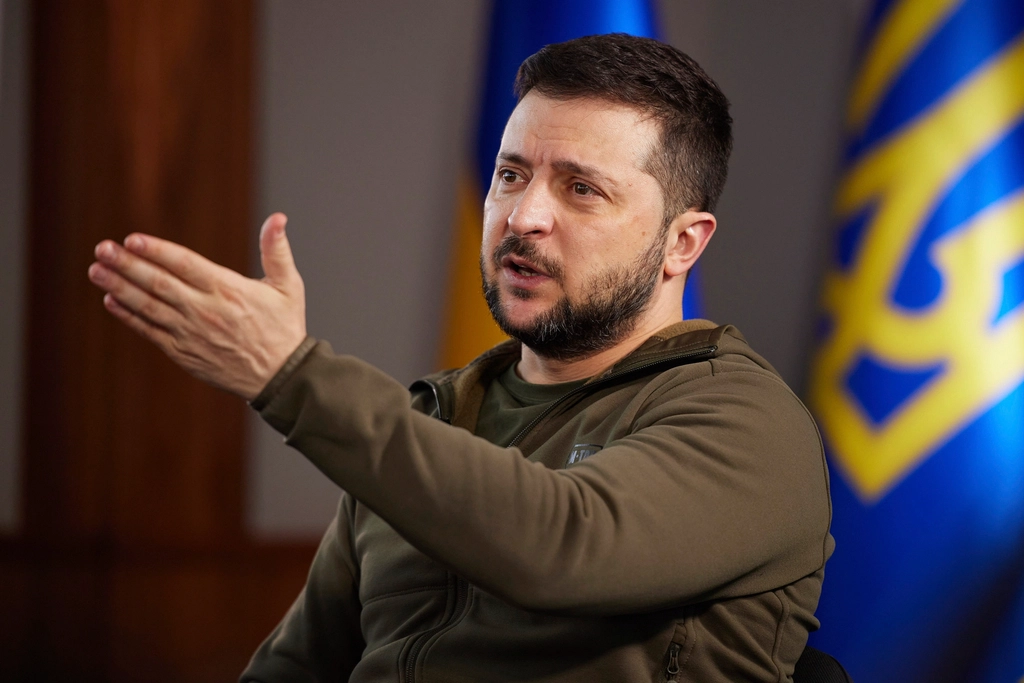
“We have to recognize that they want a big war and prepare to be ready in 2029 or 2030,” Ukrainian President Volodymyr Zelensky warned in late October in a statement that has reverberated through defense ministries across Europe. His message was blunt the war machine is not slowing down, and the continent should prepare for a conflict much larger than the one currently engulfing Ukraine.
The warning comes against the backdrop of growing intelligence assessments that Moscow is accelerating military production, refining advanced drone warfare capabilities, and expanding its strategic reach. Meanwhile, NATO members are racing to meet new defense spending benchmarks, while the European Union’s Defence Readiness Roadmap 2030 aims to bridge operational gaps before the end of the decade.
What follows are nine critical developments—ranging from military technology and industrial capacity to sanctions enforcement and strategic posture—that illustrate why European leaders consider the next five years decisive in deterring or confronting a potential Russian offensive.

1. Russia Expands Military-Industrial Output
Zelensky has pointed to the surge in Russia’s defense manufacturing as a key indicator of long-term intent. Production lines for missiles, armored vehicles, and drones are running at record pace, supported by a defense budget estimated at around 7% of GDP in 2025. This industrial momentum indicates that Moscow is not merely sustaining current operations but also very actively preparing for a larger confrontation.
European intelligence services have pointed out that the Russian military supply chains are increasingly protected against sanctions through domestic substitution of critical components and expanded partnerships with suppliers outside the West. The ability of the Kremlin to re-supply and upgrade its arsenal underlines the urgent need for Europe to accelerate its own programmes for rearmament.
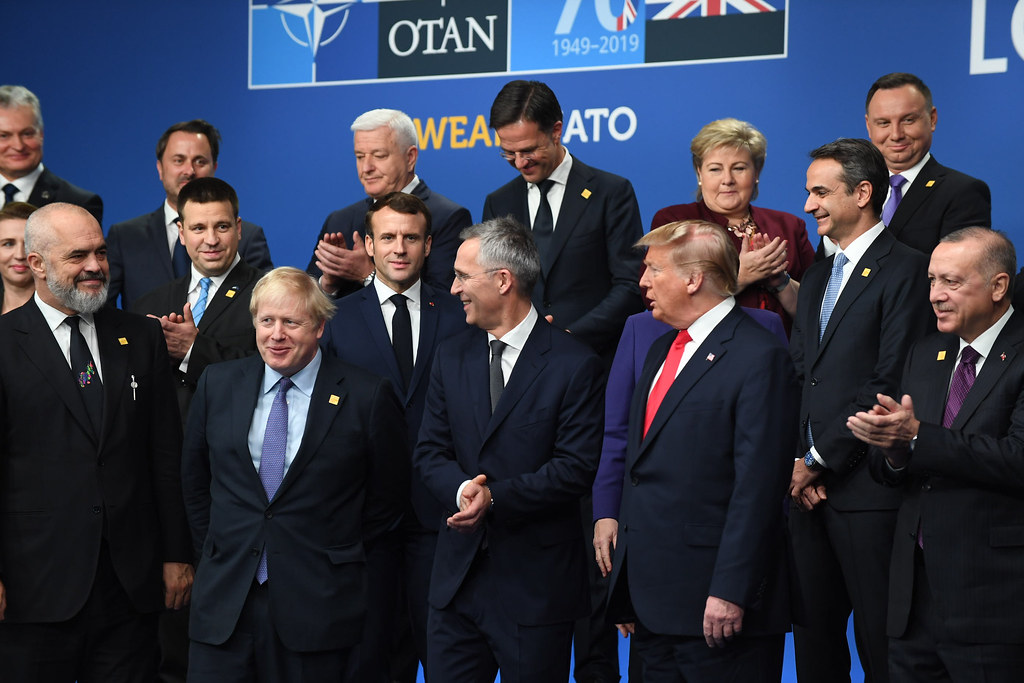
2. NATO’s 5% of GDP Defense Spending Push
The ambitious benchmark, set by the 2025 NATO Summit in The Hague, is that member states commit up to 5% of their GDP to defense. This is a big jump from the long-standing goal of 2%, reflecting the size of the perceived threat. Reaching such a target will depend for many European economies on politically difficult budget reallocations and sustained public support.
The rationale is clear more spending is required for such forward deployments, integrated air and missile defense, and rapid procurement of advanced systems. Failure to meet these targets risks leaving NATO’s eastern flank exposed in the event of a Russian escalation.
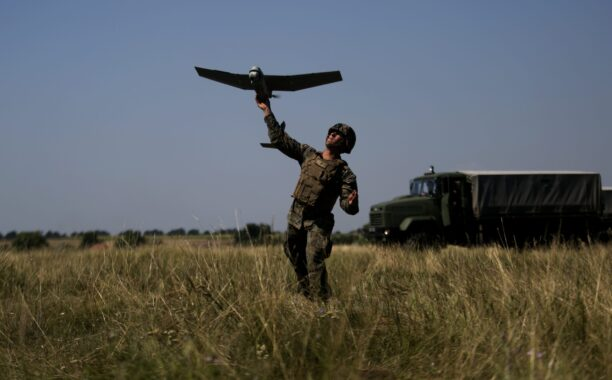
3. The EU’s Defence Readiness Roadmap 2030
The European Commission’s roadmap thus contemplates nine Capability Coalitions, from air defense to cyber warfare, which would respond to strategic deficiencies. Programs such as the European Drone Defence Initiative and Eastern Flank Watch aim at capability integration across member states.
Industrial measures are equally ambitious joint procurement is targeted to reach 40% of total acquisitions by 2027, and 600,000 workers are to be re-skilled for defense industry roles by 2030. However, participation remains voluntary, raising concerns about unequal readiness across the bloc.
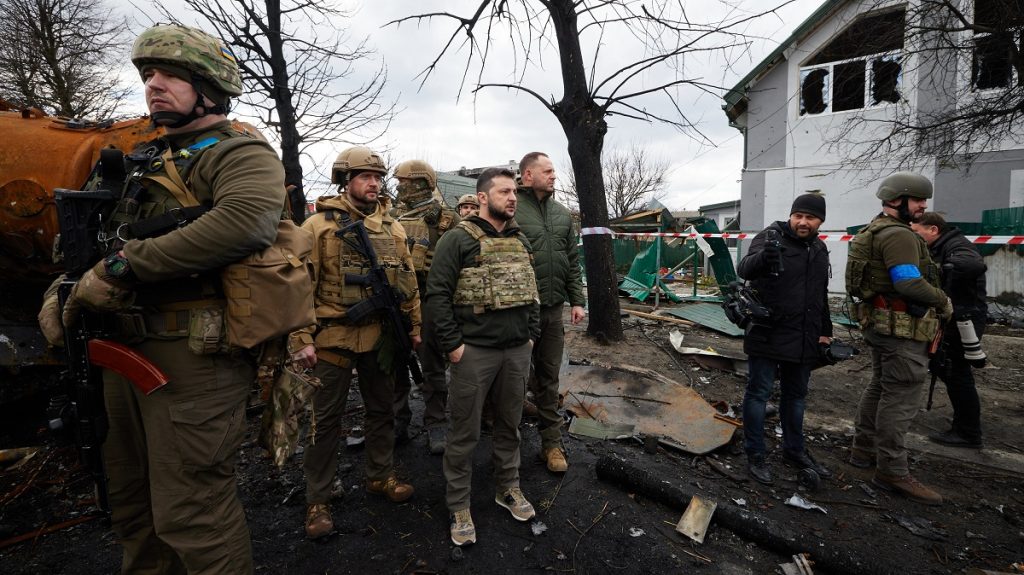
4. Russia’s Drone Warfare Innovations
The Russians have employed mother-ship UAVs based on Orlan and Molniya platforms since the middle of 2025, with capability to carry several strike drones deep into Ukrainian rear areas. The developers have integrated fiber-optic cables into these in an apparent effort to increase operational ranges by as much as 60 kilometers while avoiding electronic warfare countermeasures.
The Kremlin is also testing AI-driven drone swarms-letting a single operator manage a number of UAVs that could overwhelm defensive systems. These adaptations reflect an increasingly sophisticated approach to asymmetric warfare, to which Europe will have to respond.

5. Maritime Threats via Fiber-Optic USVs
The developers of the Russian Navy are testing unmanned surface vehicles with fiber-optic control systems, possibly capable of launching FPV drones within range of Odesa, Mykolaiv, and Kherson. Trials of such platforms within the Black Sea Fleet may mean a twin threat hitting the coastal infrastructure directly and serving as repeaters for extended-range aerial drones.
These innovations could undermine Ukraine’s successful USV operations and complicate NATO’s maritime defense planning in the Black Sea region.

6. The Limits of Current Sanctions on Russian Energy
Despite embargoes from the EU and the UK, Russia pulled in $235 billion from oil-and-gas exports in 2024, only marginally below pre-war levels. Loopholes-such as exemptions for pipeline oil and surging imports of Russian LNG-have blunted the impact. A growing ‘shadow fleet’ of non-compliant tankers has consistently circumvented the G7+ price cap on oil, allowing Moscow to sell above the cap. Without tighter implementation and more credible pricing data, energy sanctions will remain an incomplete tool in constraining Russia’s war financing.
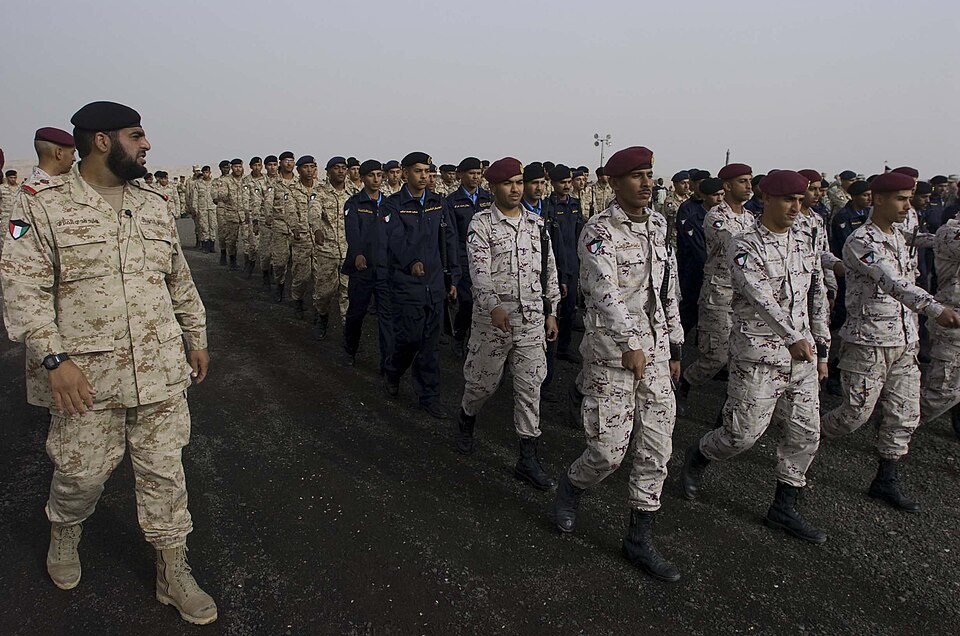
7. Europe’s Overdependence on U.S. Security Guarantees
The possible reduction of U.S. military commitments during the present administration has laid bare structural weaknesses in Europe’s defense posture. For more than seven decades, the logistics of NATO’s collective defense have depended on Washington, as have intelligence and strategic decision-making. The further American priorities move away from Europe, the more member states would have to develop autonomous command structures, harmonize their weapons systems, and redistribute responsibilities in order to maintain deterrence vis-à-vis Russia.
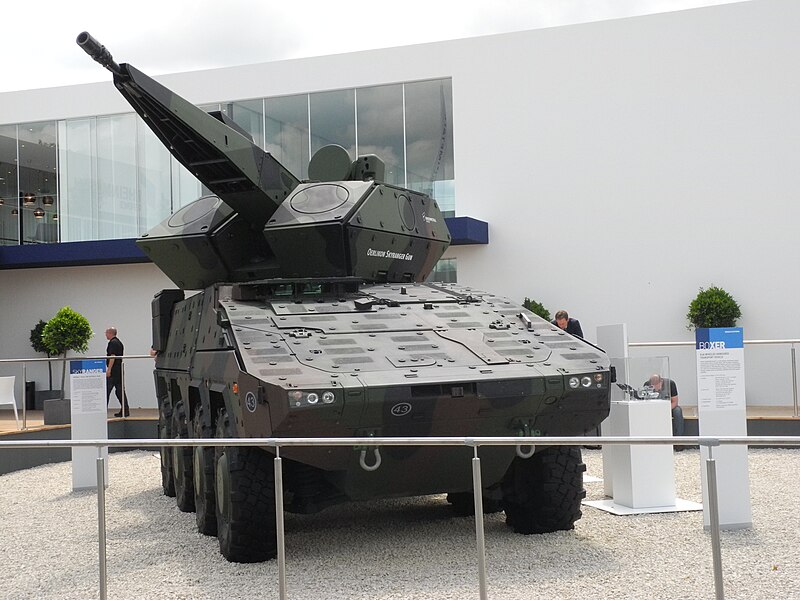
8. The Case for Modern Flak and Interceptor Drones
The economics of air defense are shifting. Using million-dollar missiles to shoot down $35,000 Shahed drones is unsustainable. Systems like the Gepard FlakPanzer, Rheinmetall Skyranger 35, and BAE Bofors Tridon Mk2 offer cost-effective and rapid-fire solutions against massed UAV attacks. Scaling up ammunition production and integrating these gun-based platforms with interceptor drones could give Europe a layered defense able to absorb swarm attacks without depleting its stores of missiles.
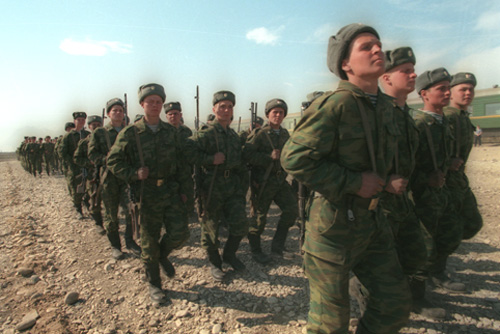
9. Coordination and Production Bottlenecks
Reports from the Kiel Institute show that fragmented procurement processes and manufacturing bottlenecks are holding Europe’s rearmament back. Twenty-seven different logistics and weapons systems across the EU slow interoperability and reduce reaction speed. Overcoming these inefficiencies will require not just more spending, but also regulatory simplification, as envisaged by the Defence Readiness Omnibus, and deeper integration of industrial supply chains across member states.
The combination of Russia’s military build-up, technological progress, and consistently strong economic staying power only makes the outlook for Europe’s security grimmer. 2029-2030 is a timeline by Zelensky that is sooner than many would have hoped; again, this provides a clear deadline for action the next five years will show if Europe can take the steps necessary to deter a larger war or if it will have to fight one on unfavorable terms-through accelerated defense spending, industrial coordination, or closing loopholes in sanctions.


